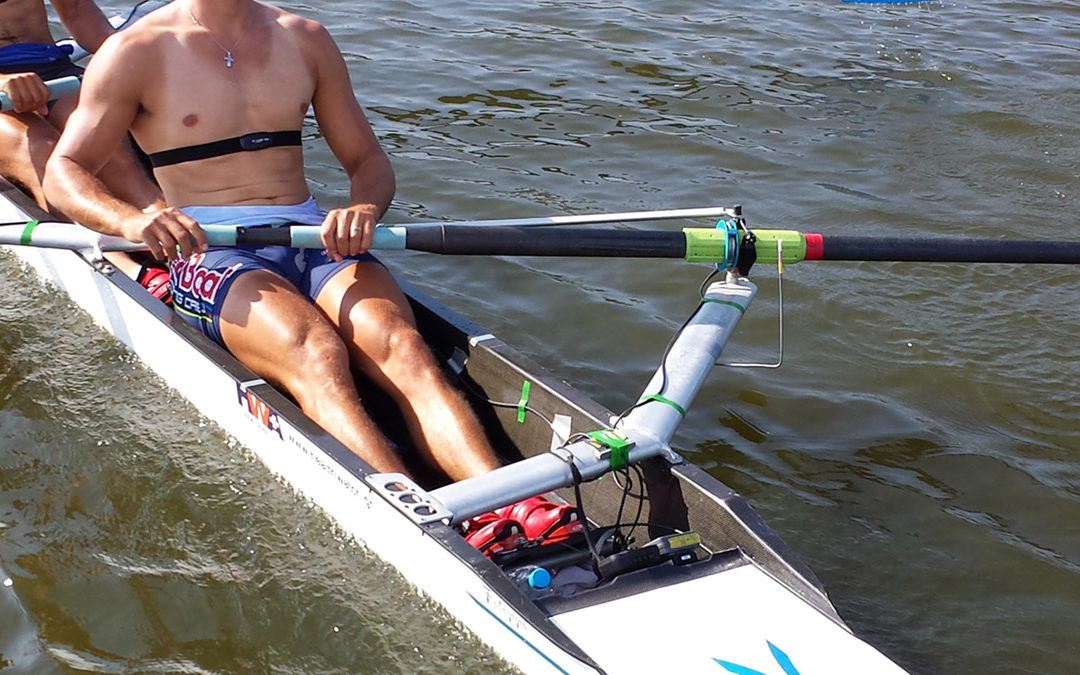How can you boost blood flow to sore tissues & reduce DOMS? Roll On
Inflictors of almost tortuous levels of pain post exercise – are foam rollers really helping us?
Almost every gym has them – those foam cylinders that rowers all know as the friends that help you massage your hamstrings, quads and backs after 2k’s – inflictors of almost tortuous levels of pain and receivers of many words we aren’t allowed to type, when they are used as such! But are foam rollers really helping us?
Strenuous exercise often induces varying degrees of fatigue in the musculoskeletal, nervous, and metabolic systems. Discomfort or pain and inflammation can be associated with exercise, depending on the frequency, intensity, duration, and type of exercise performed. DOMS or Delayed-onset muscle soreness is a common resulting effect, and DOMS is in fact classified as a type of low grade muscle strain, however not one that should worry us. It can, however, be detrimental to athlete performance.
Previous research has supported the use of foam rollers in reducing subjective feelings of fatigue and muscle soreness after exertion, but the mechanism and proper application for clinical or performance settings has, so far, been poorly understood and is un-verified. There are many theories that do make anatomical sense based on the fact the body works with fluid dynamics – namely blood and lymphatic flow, and tissues can become sticky or de-nutrified when worked hard (exercise) or held in set positions for long periods of time (posture). Rolling is thought to push fluids through muscles and create local massage-type effects.
A number of current studies have shed more light on foam rolling specifically and although measured on sprinters and other track athletes, the results are relevant to a rowers lower limb muscles and have shown to be very effective at reducing the dreaded DOMS and enhancing performance recovery.
Method:
The following foam rolling protocol was followed after squat exercises that created DOMS:
- Frequency: 50 beats per minute (ie, 1 rolling motion per 1.2 seconds)
- Duration: 45 seconds followed by a 15-second rest and repeated twice
- Region: each major muscle group in each leg
Total foam-rolling time,including rest, was 20 minutes.
Results:
The results were tested using an number of research proven methods related to pain sensation and athlete performance for endurance, power and speed.
- The quadriceps muscles felt significantly in better in all athletes using foam rolling 24 and 48 hours after exercise.
- Speed metrics were substantially less affected at the 24- and 72-hour post-exercise time points with foam rolling vs no intervention.
- Foam rolling clearly enhanced recovery from DOMS and reduced the negative effect of DOMS on dynamic movements, which incorporate power, strength, and endurance – which is all rowing.
Why:
The most common mechanisms studied are decreased edema (swelling), enhanced blood lactate removal (that gives us that burning feeling after exercise), and enhanced tissue healing, which is all due to the increase in muscular blood flow.
In previous massage studies enhancing muscular blood flow also increased oxygen delivery and may have wider biochemical effects.
So it works, the foam roller is your friend – use the roller at a rate of approx 1 roll per second, hit your major muscle groups and repeat for less pain and faster recovery Keep on rollin’.
If you would like to receive a further referenced guide to use of the foam roller, enter your email below and we will send you a document with Pictures & Instructions and be linked to our blog and newsletter posts:

